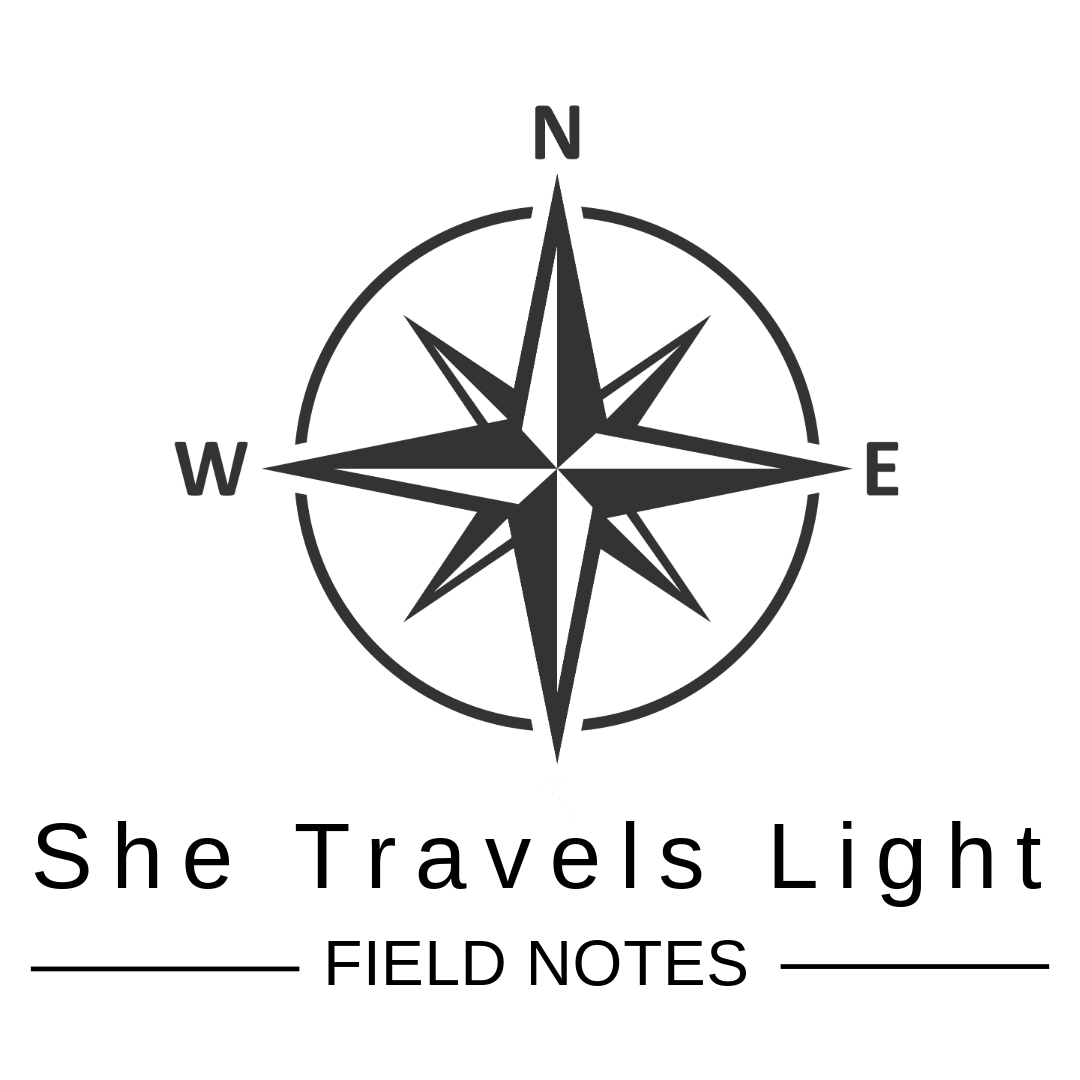Namsan Mornings, Love Locks, and Rooftop Goodbyes
For the first time in what felt like forever, we had nowhere to be first thing in the morning — no tight schedule, no early meet-ups, just the quiet hum of a real South Korean morning. Now, to be fair, plenty of people in Korea do start their day at sunrise — heading to work, school, or an early hike. But what you learn quickly is that most shops, especially cafés, don’t open until 9 or 10 a.m. It’s a stark contrast to the U.S., where places like Starbucks open at 4 a.m., ready to serve those coming off the night shift or diving into an early one. We’d all gotten used to waking early, grabbing breakfast, and rallying as a group for the day’s agenda. But today? The day was our own for the most part.
I stuck to my routine — got dressed, came down for breakfast, and confidently gave my room number in Korean. The maître d’, who had seen me quite a bit this past month, smiled and said, “Oh, you’ve gotten good at that.” My language skills had definitely improved since my arrival. I grabbed my usual: eggs, meat, a bit of kimchi, toast (or salt bread if they had it), and some fruit. After breakfast, I crossed the street to Mammoth Coffee and ordered my now-daily ritual in Korean: “아이스 아메리카노 하나 주세요.” (One iced Americano, please.)
The loose plan for the day was to visit Namsan Seoul Tower together. We all piled into taxis, and despite some confusion about drop-off points, we eventually found our way to the base of Namsan Mountain (남산).
Namsan literally means "South Mountain." It is located in the heart of Seoul, and it has long served as both a cultural landmark and a symbol of the city’s transformation. Historically, it was used as a beacon hill to communicate military signals across the country during the Joseon Dynasty (Lord of the Rings vibes anyone?). Today, it’s a peaceful green space surrounded by the urban sprawl — a refuge of pine trees, walking paths, and sweeping views. At its peak stands N Seoul Tower, originally it was a communications tower, it is now a glowing icon of Seoul itself.
There are two ways to get up: hike the winding trails (which is scenic but long), or take the cable car, which glides steeply up the hillside. If you're afraid of heights, the cable car might not be for you — it rocks a bit in the wind — but it’s quick and offers incredible views of the city, and spares your knees the hike up.
Our group split up into different clusters. Once at the top, we all sort of did our own thing. One popular tradition here is the love locks — padlocks inscribed with messages and clipped to the fences around the tower. Back in 2017, on my first trip abroad, I’d left a love lock in Copenhagen for my then-boyfriend (now husband). So I decided to do the same here — a full-circle moment if you will. You can buy locks and markers on-site, and people leave messages for partners, friends, or in memory of loved ones. It’s touching, even amid the tourist buzz.
Most of us also went up the tower itself. The elevator ride is an experience — a digital time capsule showing Seoul’s development over centuries. At the top, each window is labeled with the direction and distance to major cities around the world. You can look out toward Tokyo, Paris, or LA and feel the vastness of it all. There’s also plenty of shopping — touristy, yes, but fun — and a café and restaurant with 360° views of the city. It was a great way to revisit the places we’d been — the Blue House, the National Museum, Gyeongbokgung Palace (경복궁), Bukchon Traditional Culture Center (북촌문화센터) — now miniatures below us, stitched together in memory.
After a couple of hours, we began heading back. The rest of the day was a free-for-all. Some people wanted to hit the Instagram-famous bookstore, others went gift shopping. Most of us were on the hunt for last-minute skincare hauls and souvenirs. My group wandered through Insadong, weaving through shops and street vendors, finally stopping at Olive Young to load up on essentials. It was brutally hot, and my knee — which I’d aggravated on the trip — was not loving me for it. I limped through the streets trying to keep pace, sweating and laughing and kind of loving the chaos of it all. Eventually, we headed back to the hotel and cooled off with ice cream on the rooftop — one of my favorite quiet indulgences.
That evening, a few of us wanted something casual for dinner, something very not American and very comforting. So we headed back to the shabu-shabu place we’d loved before. This time, it was just three of us, and we were treated to the cutest set-up: little bears made of starch perched on the frozen broth, slowly melting into the soup like a surreal commentary on climate change. Morbid? Maybe. Adorable? Also yes.
The food was as delicious as ever — warm, spicy, communal — the kind that makes you feel cared for.
After dinner, we all split off to start packing. Tomorrow would be our last day at HUFS and the beginning of our goodbyes. I spent the night packing a box of skincare for a friend in New York (hot tip: it’s way cheaper to buy in Korea and ship it than to order from the States), and carefully sorting through the rest of my luggage.
There was a lot to reflect on — and a lot to hold onto.
I headed to bed feeling heavy but grateful, caught somewhere between endings and beginnings.











